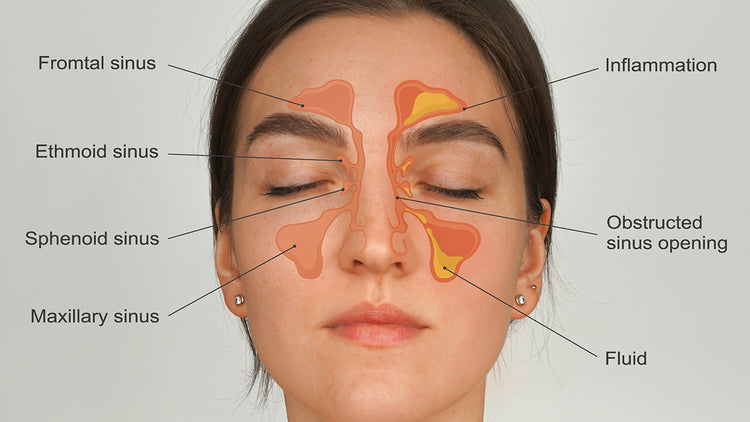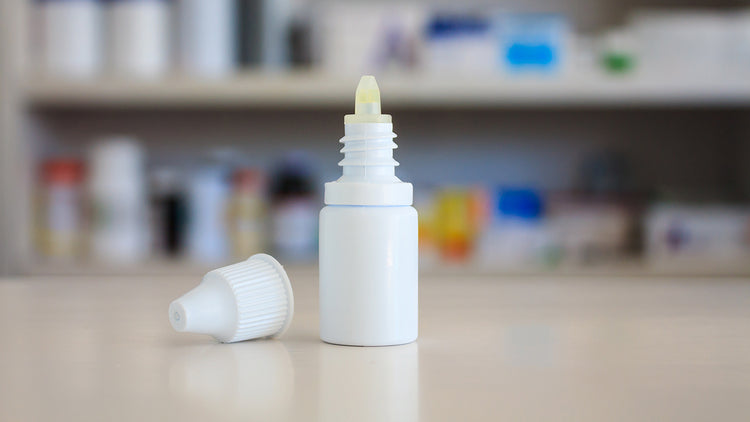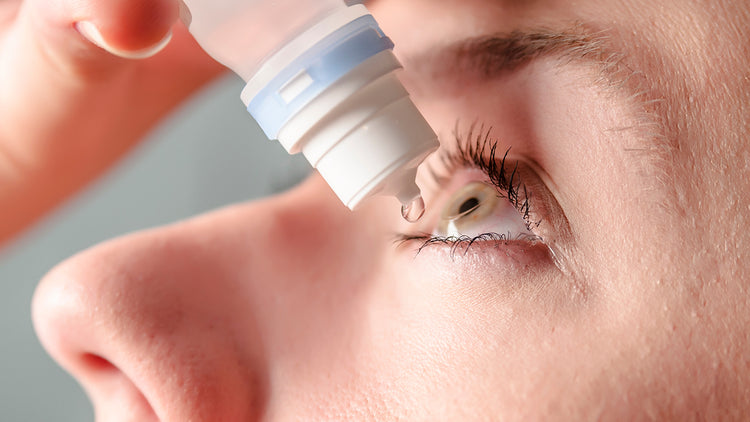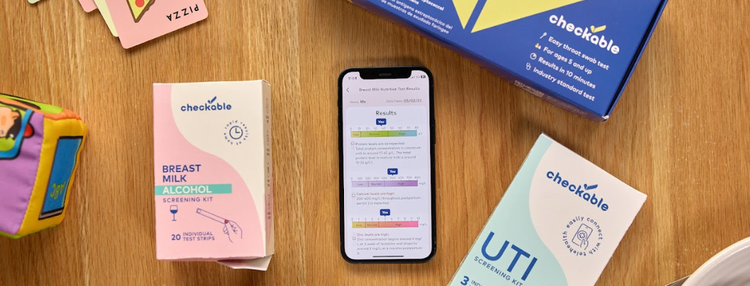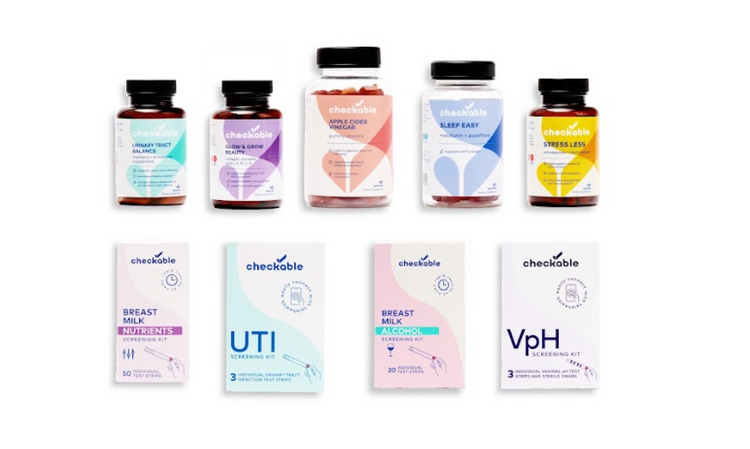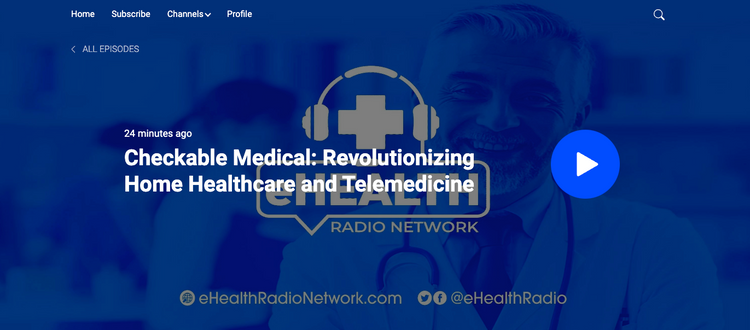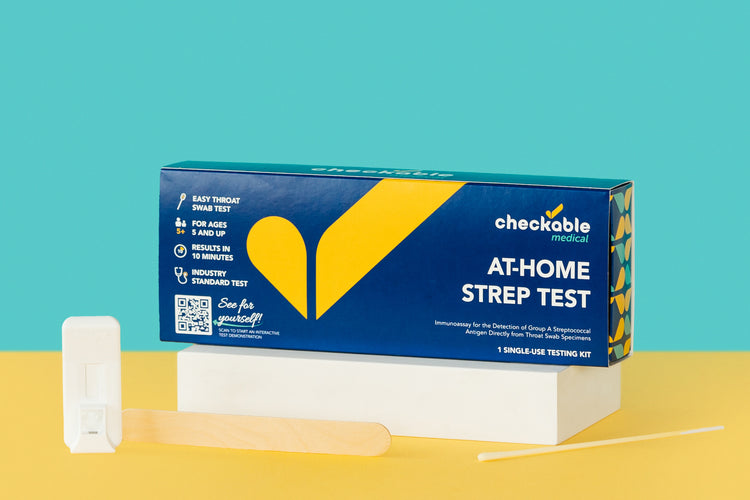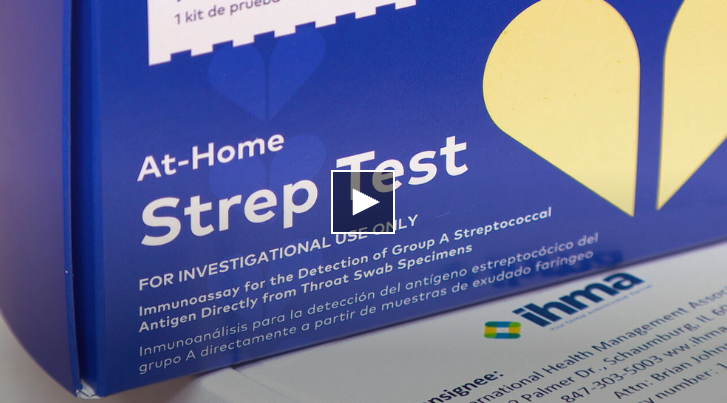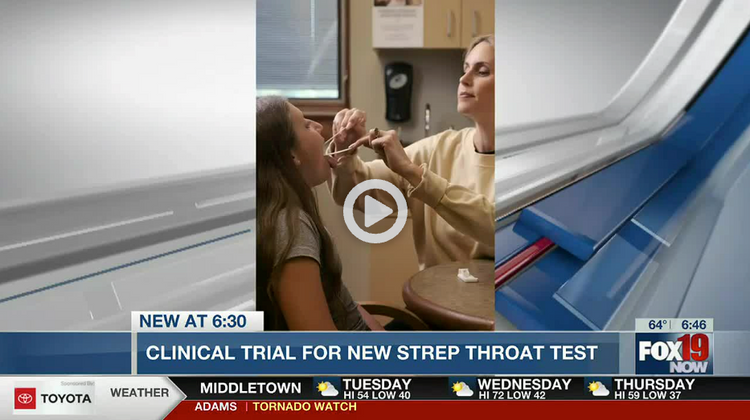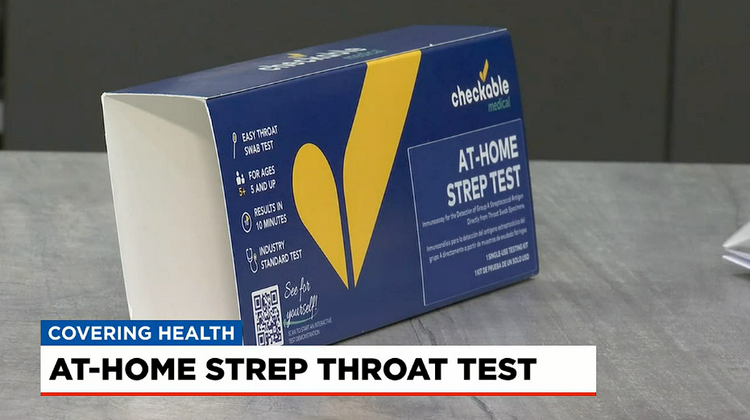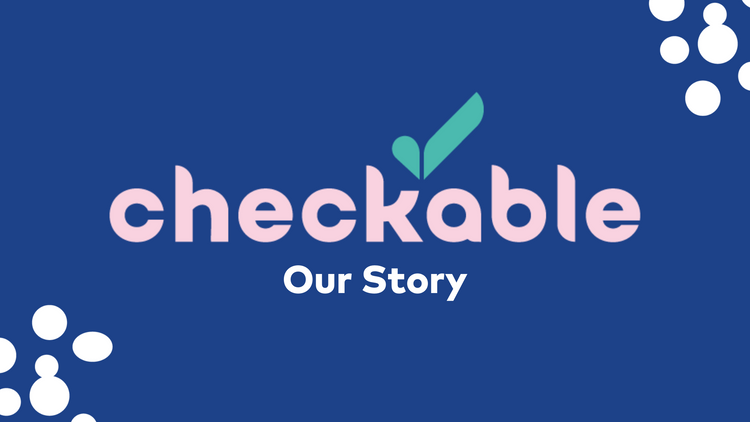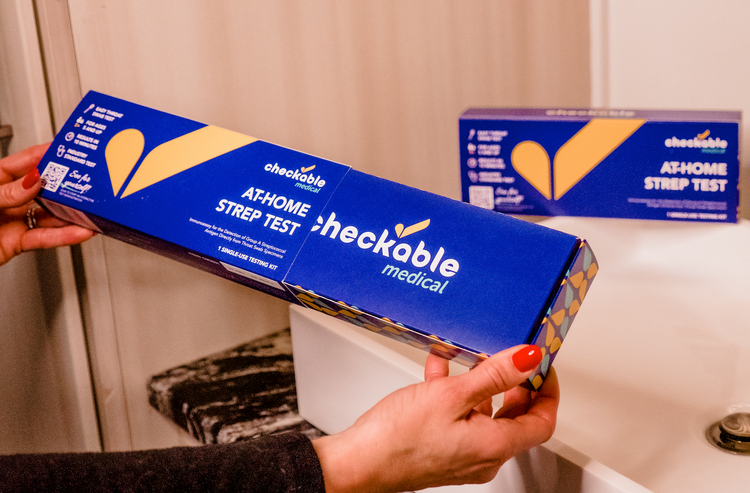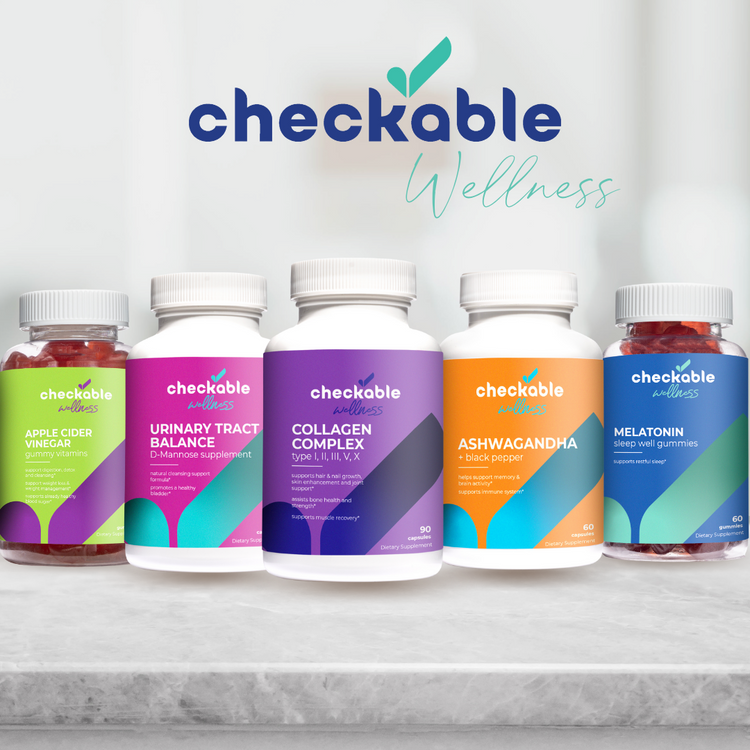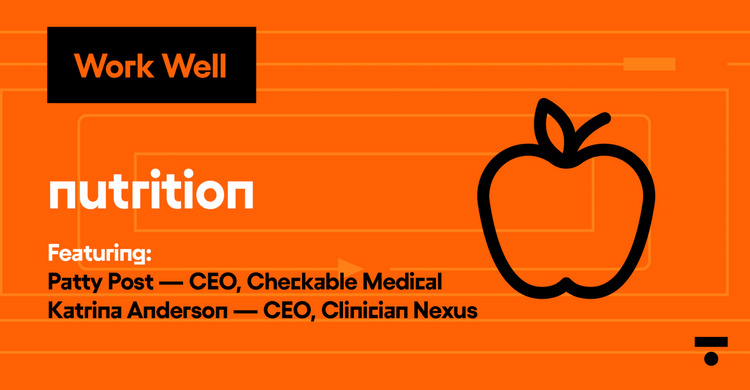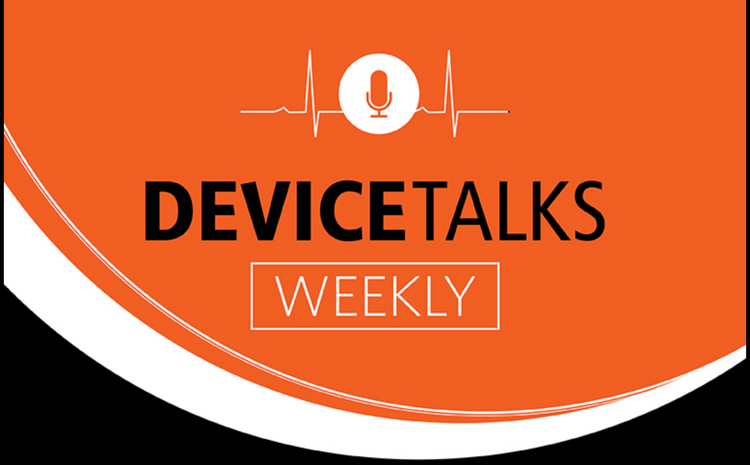
Throat herpes and strep throat can mimic each other in the presentation of symptoms. Both conditions may cause fever, swollen neck lymph nodes, a sore throat, difficulty swallowing, joint pain, and inflammation. However, there are certain differences between herpes esophagitis and strep throat that give it away.
Strep throat affects about 14,000 to 25,000 people in the U.S. yearly, while throat herpes is much rarer. Since it can be challenging to know if you have throat herpes vs. strep throat, we put together this short guide to help understand the similarities and differences between the two conditions.
The first difference, of course, is the causative organism. Strep throat is a bacterial in origin caused by a bacterium called Streptococcus pyogenes which belongs to Group A beta-hemolytic Streptococci (GAS). Strep throat is considered to be the most common form of bacterial sore throat. Herpes esophagitis is a viral infection that is caused by a virus called herpes simplex virus (HSV), which is the second most common cause of viral esophagitis. The only way to know if strep throat is present is by taking a strep test, like Checkable's at-home strep throat test, for fast results.
Throat Herpes Vs. Strep Throat
Strep throat often affects children between 5 and 15 years of age and is associated with transmission within crowds. Additionally, strep throat has a seasonal variation, surging in winter and decreasing in summer. Herpes esophagitis affects mostly a specific group of patients, including patients with a history of chemotherapy treatment, hematological malignancy patients, HIV patients, and patients with autoimmune diseases.
Throat herpes is marked by cold sores or blisters in the mouth, while people with strep throat are more likely to notice small red spots in the mouth and white patches on the tonsils.
Symptoms of Strep Throat
In American adults, about 5–15% of sore throats are due to a group A strep infection, which rises to 15–35% in children.
-
Small red spots on the roof of the mouth
-
Pain and inflammation come on quickly, making it difficult to swallow
-
White patches on the tonsils
-
Red skin rash, indicating scarlet fever (especially in children 5–15 years old)
-
Fever
-
Swelling of the lymph nodes in the neck
-
Joint and muscle pain, possibly indicating more serious rheumatic fever
Symptoms of Throat Herpes
-
Difficulty swallowing
-
Chills
-
Joint pain
-
Cold sores
-
Swollen lymph nodes in the neck
Strep throat and herpes esophagitis can both cause a sore throat. However, each one of them has distinguishing symptoms. Since herpes esophagitis is a disease of the esophagus, it's characterized by marked dysphagia (difficulty in swallowing), odynophagia (painful swallowing), hematemesis (vomiting of blood), and, less frequently, fever. Strep throat is distinguished by marked fever and enlarged, inflamed, and painful tonsils.
Diagnosis of Throat Herpes Vs. Strep Throat
Strep throat and herpes esophagitis also differ in the method of diagnosis. In addition to the different clinical algorithms based on the different symptoms mentioned above, physicians use a different set of investigations to mark strep throat from herpes esophagitis.
For strep throat, physicians usually use a testing method called rapid antigen detection testing (RADT), which uses a throat swab to detect the presence of strep throat bacteria. You can now test for strep at home, but to diagnose herpes esophagitis, doctors look inside the esophagus using a small camera during a procedure called endoscopy to look at the tract of damage that the HSV virus caused inside the esophagus. Additionally, doctors can use throat swabs to detect the virus using molecular methods and cultures.
Treatment of Throat Herpes vs. Strep Throat
Strep throat and herpes esophagitis are treated differently. Although sore throats are generally self-limiting (do not require treatment), strep throat typically requires a course of treatment with oral antibiotics like amoxicillin. If not treated, strep throat can lead to deadly complications in the heart and kidneys.
Herpes esophagitis, on the other hand, can be treated with over-the-counter (OTC) painkillers to alleviate the pain. Additionally, doctors can add some antiviral agents to treat herpes esophagitis, like acyclovir (Zovirax). Sometimes valacyclovir and famciclovir are used; foscarnet is also prescribed for people resistant to other antiviral drugs. Pain medication may also be prescribed to help soothe the throat. Herpes esophagitis can be treated within days; however, in some cases, it can lead to serious complications like esophageal perforation.
Although strep throat and herpes esophagitis can mimic each other and can both cause sore throats, they are caused by two different types of infections. Knowing the symptoms and what to look for can help differentiate between the two, but a rapid at-home strep test can help lead to a quick diagnosis and better chances of treatment.
Written by: Ali Kessler
Life is too short to sit in a doctor’s office
Sign up for our weekly newsletter and get valuable healthcare tips and tricks in your inbox!
Sign up now and unsubscribe anytime.
- Choosing a selection results in a full page refresh.
- Press the space key then arrow keys to make a selection.


















